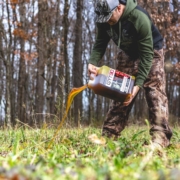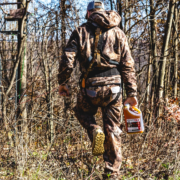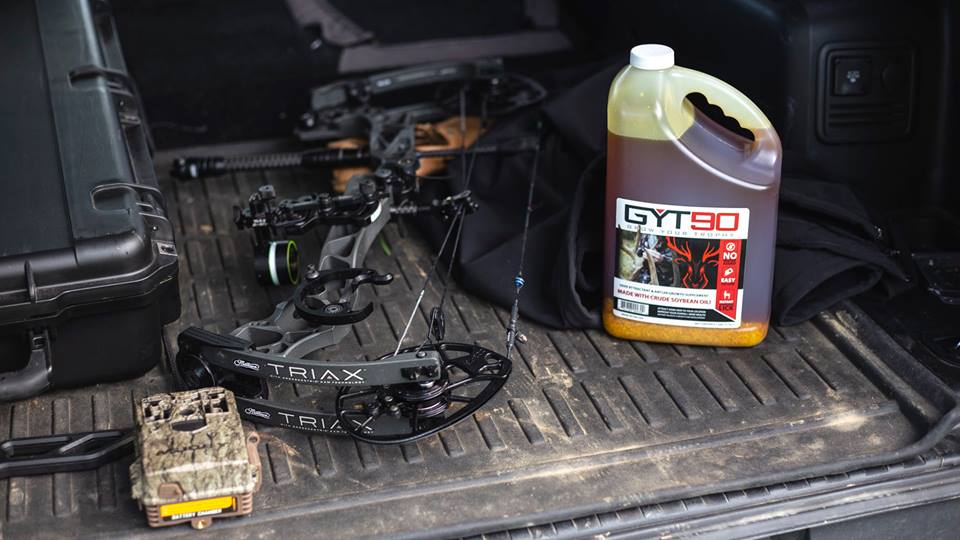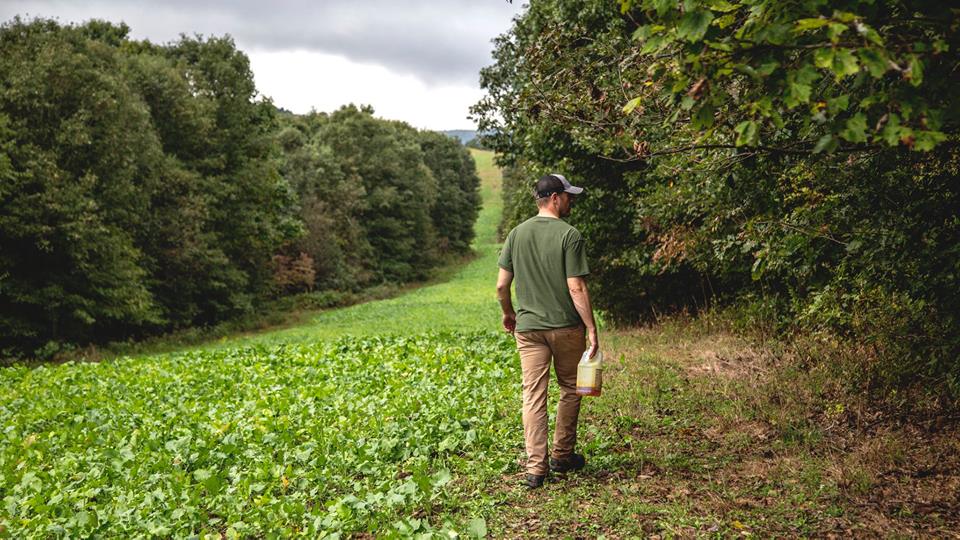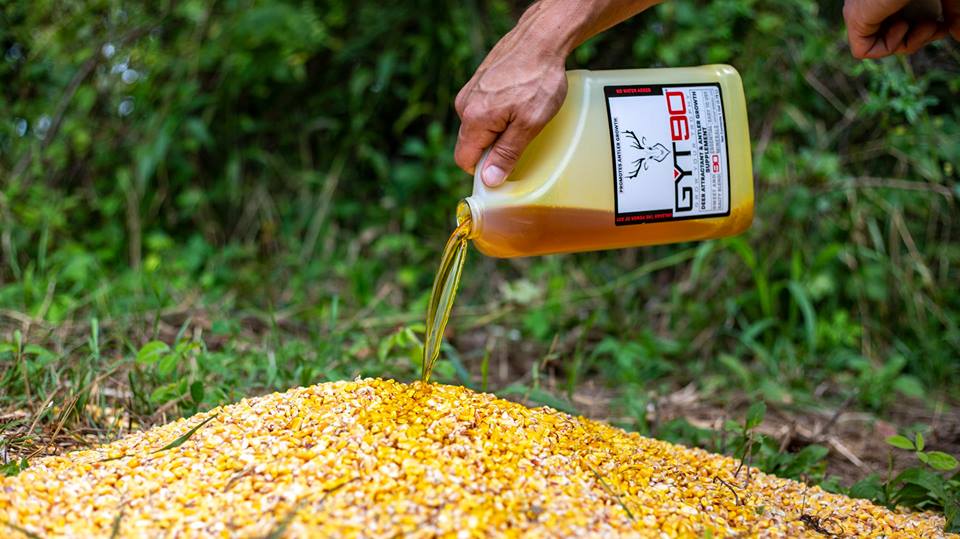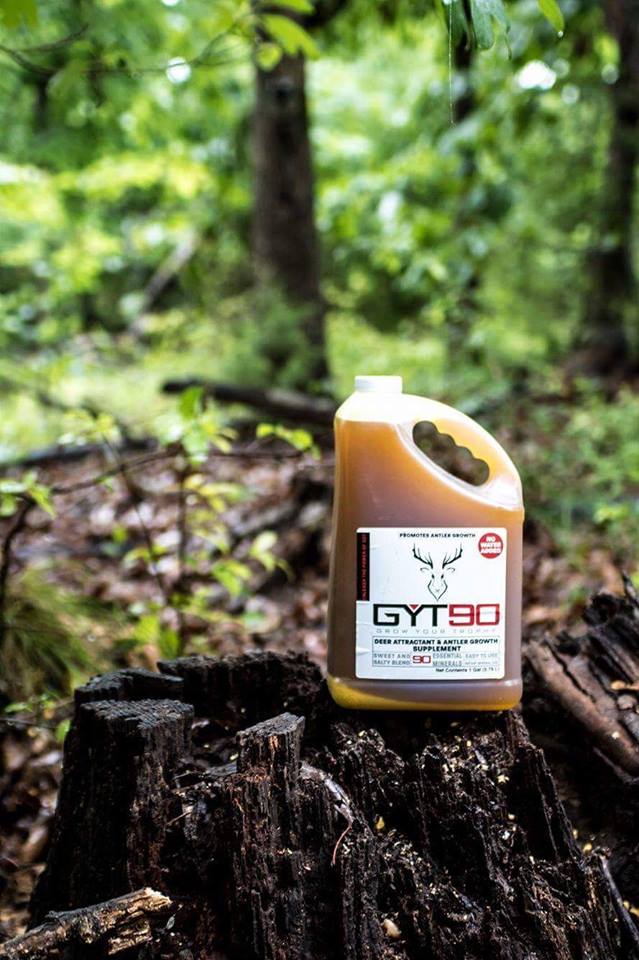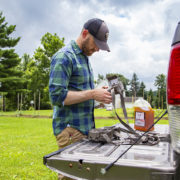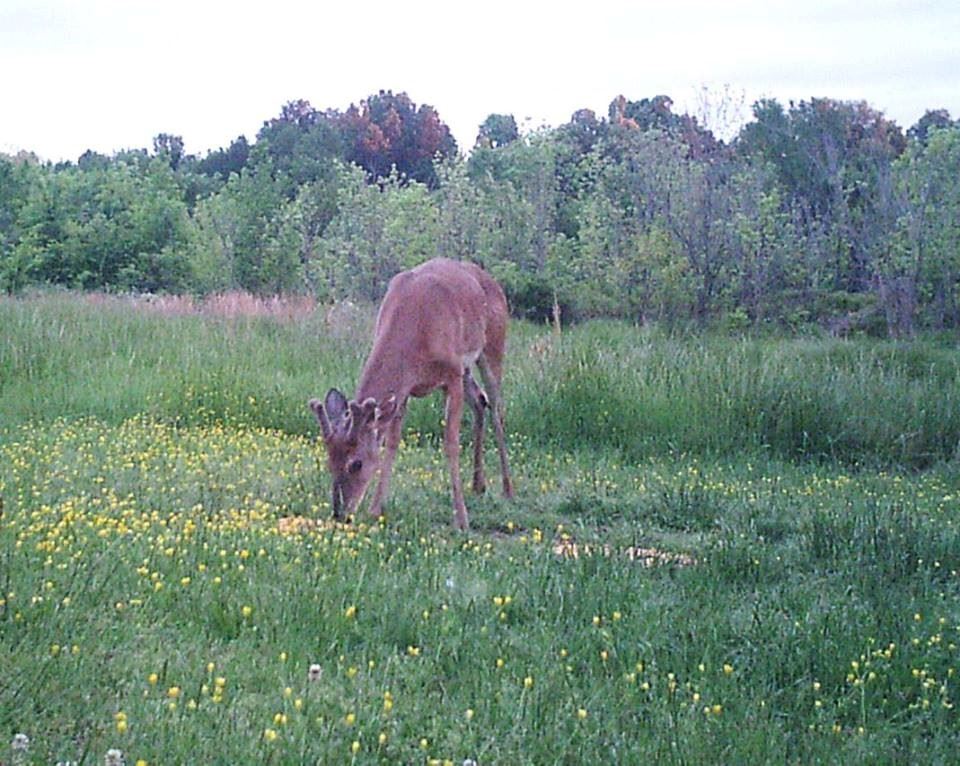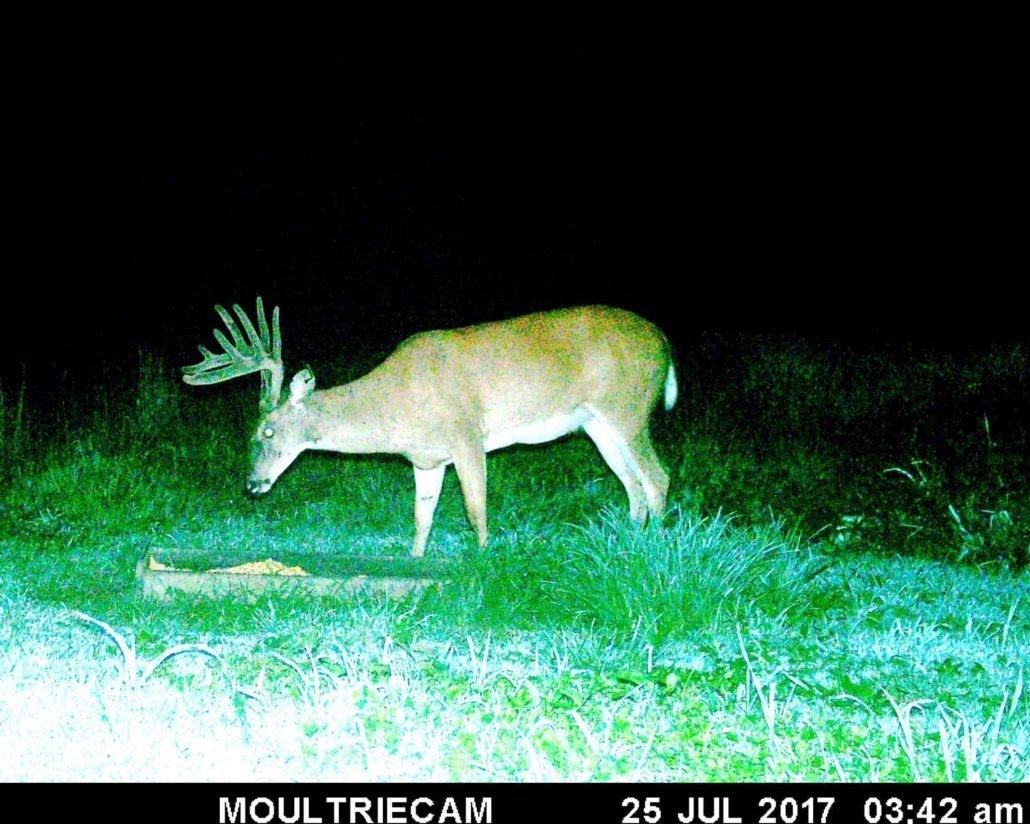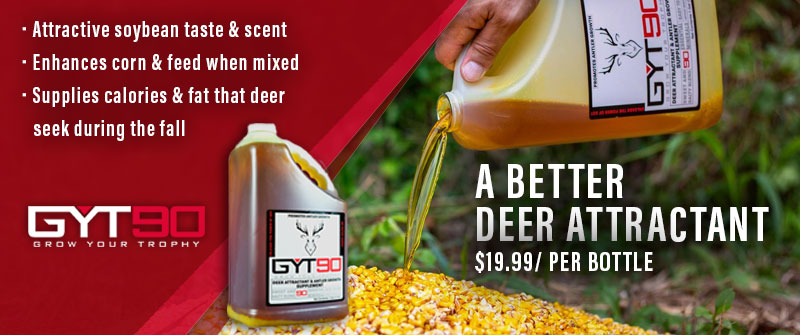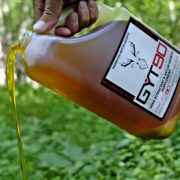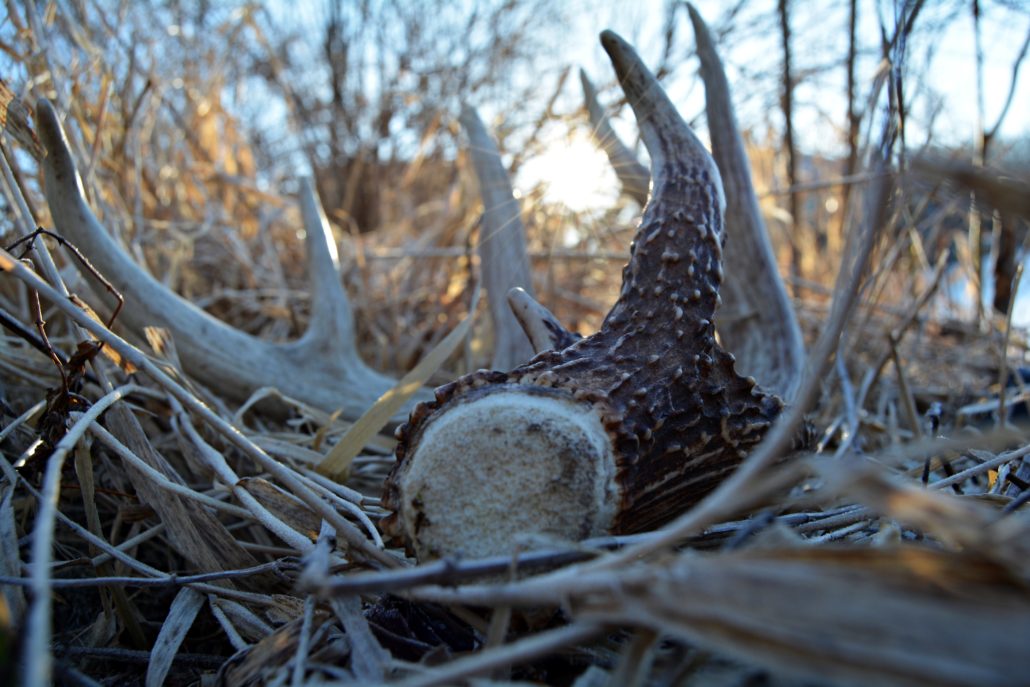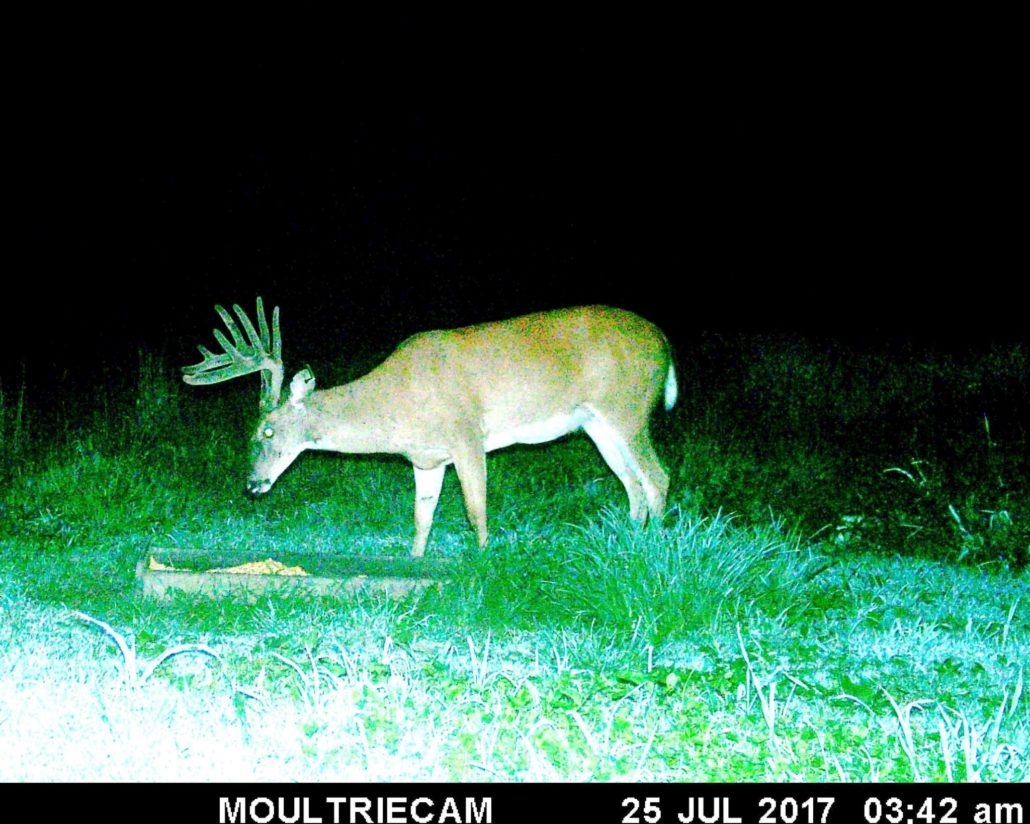What Do Deer Eat in Fall And Early Winter?
What Do Deer Eat? | Deer Food and Nutritional Requirements for Fall
White-tailed deer are wrapping up one of the most physically demanding time periods of the year; the fall rut and breeding season. This is a time when bucks run themselves ragged in search of does. In fact, a buck can lose up to 30% of his body weight during the rut from all of that chasing and not replenishing his nutritional requirements by taking time to eat. What makes things even more difficult for bucks after losing all of that body weight is they are about to enter into the winter season. Winter is one of the most stressful periods a buck can go through, particularly in the north where winters can be severe. So how can you ensure that bucks on your hunting property have everything they need to survive the winter? What do deer eat in the fall and early winter to build reserves? What is the ideal deer food that can you provide through supplements or habitat changes? This article will discuss some of the natural forages deer rely on during this time of year and why GYT90 supplements tend to work so well for your deer herd.
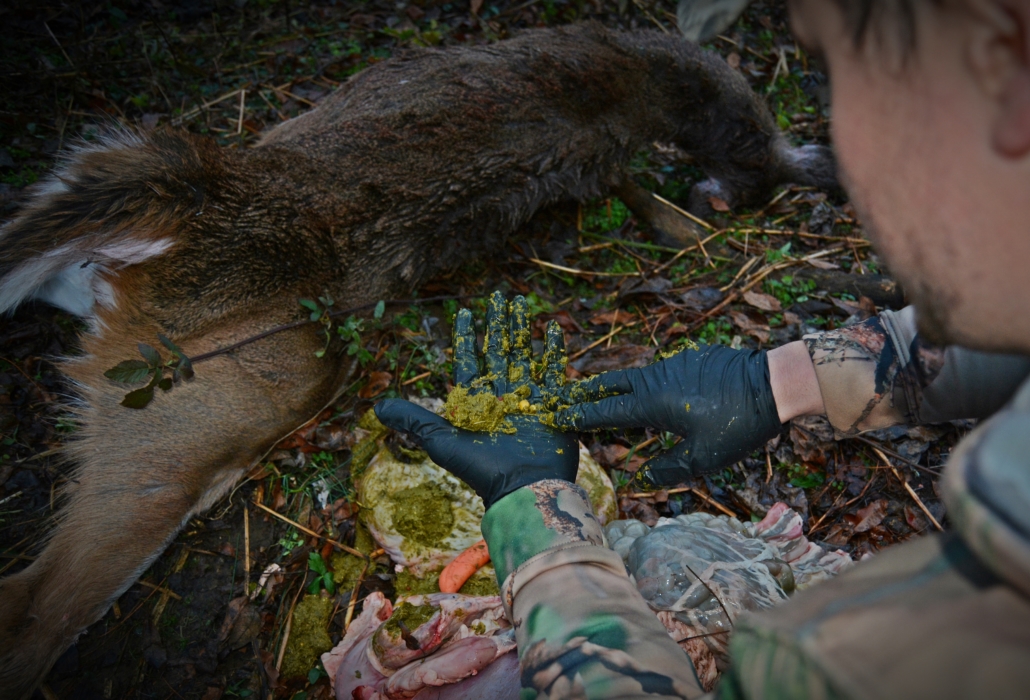
What’s for Dinner?
Deer eat a lot. On average, a deer can eat anywhere from 6 to 8% of its body weight every day. That means that a 150-pound deer can eat up to 12 pounds of food per day! To put that in perspective, that’s like you eating 48 quarter-pound hamburgers a day just to survive…Now think about how much forage it would actually take to weigh up to 12 pounds. That’s a lot of forage!
So what does a deer eat? Deer will primarily eat browse (woody portion of leaves and stems), forbs (broad-leaved plants), mast (acorns, apples, etc), and grass. Although these are the main foods deer like to eat, the quantity of these different foods differ throughout the year and the region you are hunting.
Deer Food in Your Region
For example, deer in the Midwest will have a larger portion of their diet comprised of agricultural crops then deer from a non-agricultural area like the northeast. Although a deer’s diet will vary throughout the year, woody browse tends to make up the majority of a deer’s diet throughout the winter, regardless of where they are found. Woody browse is usually more abundant throughout the winter months after crops are harvested and is high in fiber, but also nutritious, especially new stems and shoots from species like black berry, greenbrier, and understory saplings like ash. Think about how much a deer has to eat to survive. Finding up to 12 pounds of waste grain to eat is hard work and if you don’t have standing crops available for deer, then they are going to have to find food elsewhere.
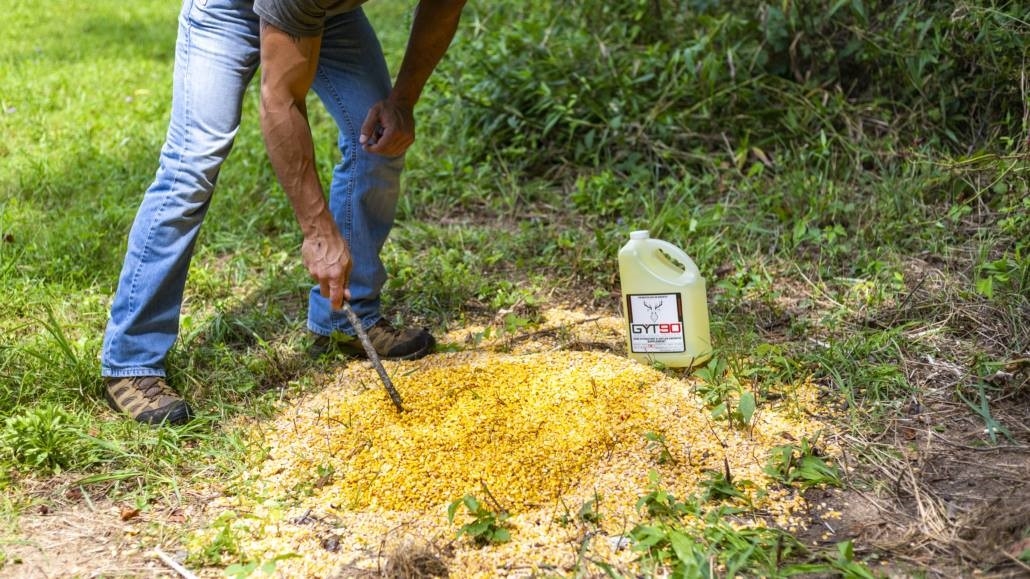
Standing crops like corn and soybeans are a great source of energy during the early winter months like November and December and also throughout the rest of the winter. Specifically corn lacks a high level of protein, but has a high fat and carbohydrate content, around 4% fat and 75% carbohydrates. On the other hand, soybeans contain a high protein content (around 40%), and around 20% fat content but are lower in carbohydrates than corn. These high quality sources of energy are just what bucks need to help them recover after an intense breeding season and will help them survive the winter months. Remember, a buck can’t start growing his antlers in the spring until after he has replenished all of his fat reserves that he lost in the fall and winter. That means that the better the body condition a buck is in during winter, the sooner he can start growing his antlers in the spring. The sooner he can start growing his antlers means more time he has to grow them during the summer!
Why GYT90 Supplements Work
So what can you do to help ensure bucks on your property go into and come out of winter in the best possible shape? That’s simple; make sure they have foods with high-quality fats and a high energy content available to them. This is where GYT90 shines. GYT90 uses a natural crude soybean oil to deliver its 90+ minerals. This crude soybean oil is high in natural fats (95%) and is full of calories meaning plenty of energy for deer consuming it. Both fats and calories are needed by whitetails during and after the rut. Now to really ramp up the effects of GYT90, you simply need to pour it over corn, another food item high in energy. This combination of GYT90 and corn is a quality combination. Deer are not only getting all of the quality fats and energy they need to help them survive the winter, but they are also getting all of the minerals they need to stay healthy. The potent combination delivers carbs, calories, and a very high fat content, enough to pull deer into the site whether you are feeding, hunting over bait, or just enhancing the deer herd health.
But how many supplemental feed and mineral sites do you need to really help your herd out? That tends to depend on how many acres you are hunting. A good rule of thumb is to have one supplemental site for every 100 acres of property. You can place a 50-pound sack of corn mixed with GYT90 at each site. This should be enough to help supplement the deer herd. Remember, that this combination should only be used as a supplement because you don’t want to, and probably can’t afford, to totally feed your deer herd with corn. Another thing to keep in mind is that, although corn is high in energy, it is difficult for deer to digest. If deer eat too much corn too fast, they can actually die from what’s called acidosis. To avoid this, be sure you place your supplemental sites near woody browse so deer can browse on both food items. This will ensure they can balance the pH levels in their rumen while consuming corn. Or start the corn and GYT90 mixture off slowly, feeding small amounts gradually every week to allow the deer’s rumen to adjust for digestion.
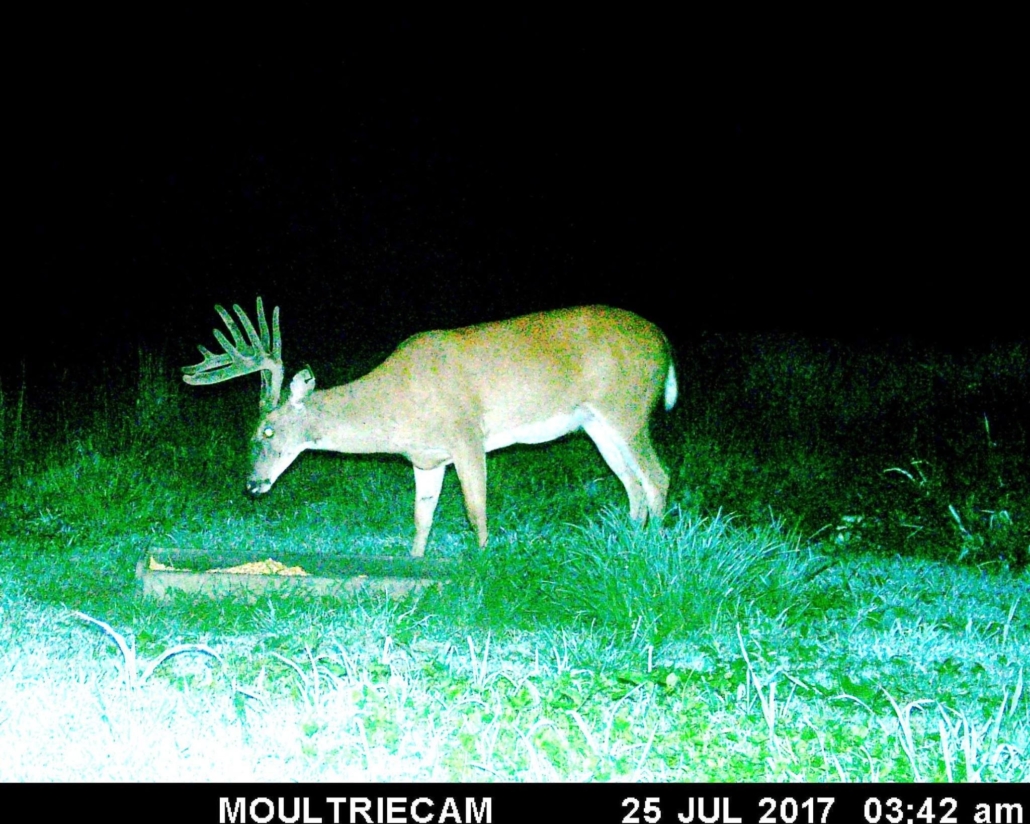
If your goal is to grow as big of deer as you possibly can, then deer management is a year-round thing that doesn’t end after you put up your bow or gun for the year. It requires you to think about what deer need throughout the year. Remember, if nutrition is lacking at any point in time throughout the year, then that reduces a bucks chances of reaching his maximum potential. Hopefully this article has opened your eyes to the importance of winter nutrition. Be sure to give GYT90 a shot this fall, it may just help your herd reach its potential.

